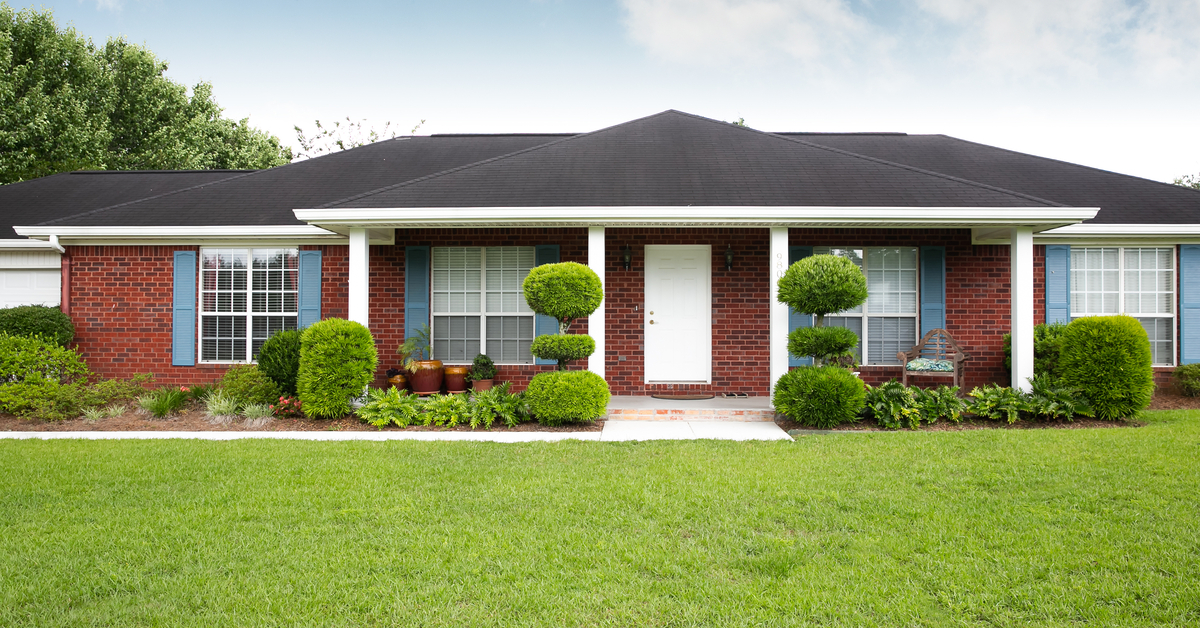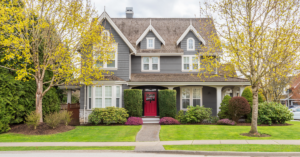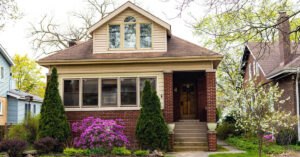Despite rising interest rates and eroding affordability, existing-home sales saw a monthly increase in January, bouncing back after receding month over month in December, according to the National Association of Realtors (NAR).
Existing-home sales came in at a seasonally adjusted annual rate of 6.5 million units in January, down 2.3% from the same month in 2020 but climbing 6.7% from December. Single-family home sales grew 6.5% monthly, while sales of condominiums, townhomes and co-ops saw an even bigger jump of 8.8%.
January’s overall pace was the strongest for existing-home sales in a year, reflecting still-strong demand for homes in the midst of the aforementioned market headwinds that are being exacerbated by inflationary pressures.
The bounce back was foreshadowed by news earlier this week that mortgage rate locks grew for the first time in four months in January, driven partially by concerned buyers looking to lock in lower rates before they rise even further.
“Buyers were likely anticipating further rate increases and locking in at the low rates, and investors added to overall demand with all-cash offers,” said Lawrence Yun, NAR chief economist. “Consequently, housing prices continue to move solidly higher.”
Indeed, the median existing-home price in January was $350,300, up 15.4% from the same month last year. Home prices have now seen year-over-year gains for a record 119 consecutive months.
Buyers in a rush to find new homes also helped keep properties moving quickly through the market. Properties typically stayed on the market for just 19 days in January, unchanged from December and down by two days from January 2021. Seventy-nine percent of homes were on the market for less than a month. Helping to speed homes through the listings stage was the growing share of all-cash purchases, which generally close faster than financed sales. Cash buyers accounted for 27% of sales in January, up from 23% in December and 19% in January 2020.
With homes flying off the market, inventory continues to decline faster than supply can be replenished. Total housing inventory at the end of the month was 860,000, down 2.3% monthly and 16.5% annually to dip to a new record low. Joel Kan, associate vice president of economic and industry forecasting for the Mortgage Bankers Association, called the drop “a cause for concern.”
“There were more listings at the higher end of the market and the median sales price increased for the third straight month, suggesting fewer entry-level and less expensive options, making home-purchase conditions more difficult for first-time buyers,” he said. “Their share of sales dropped to 27% compared to 33% a year earlier.”
Yun added that there are more listings priced above $500,000 compared to a year ago, which should lead to less hurried decisions by some buyers.
“Clearly, more supply is needed at the lower end of the market in order to achieve more equitable distribution of housing wealth,” Yun said.





